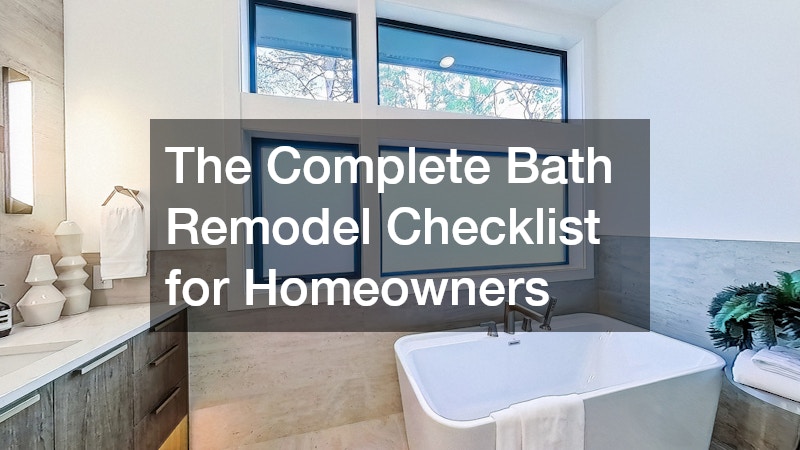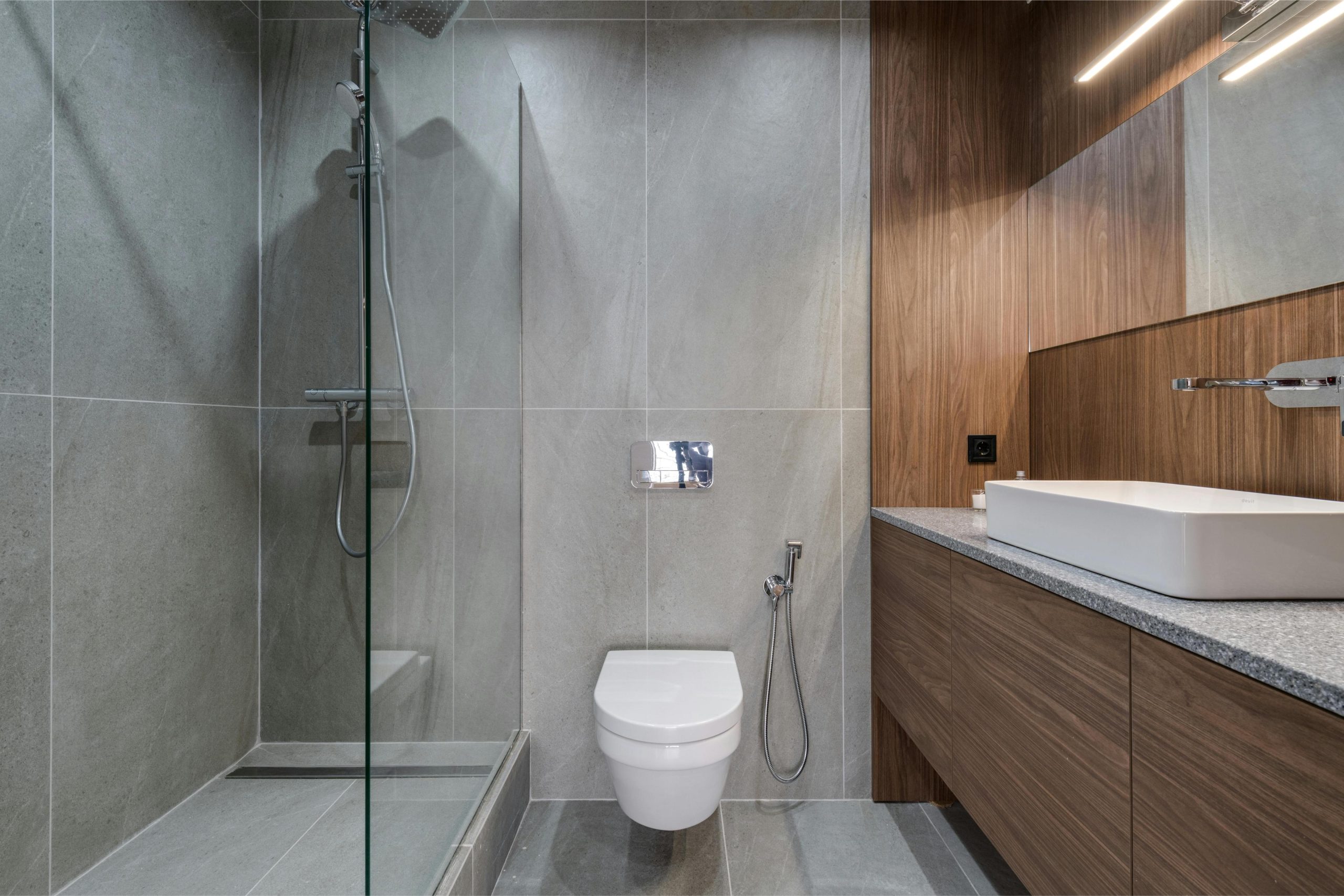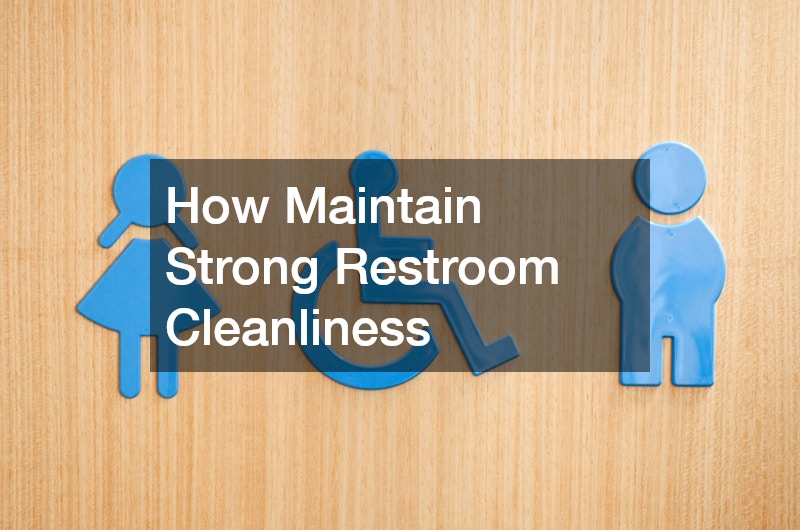A bathroom remodel can completely transform your home, increasing functionality, comfort, and property value. However, the key to a successful renovation lies in hiring the right contractor. Choosing the wrong professional can lead to delays, cost overruns, and subpar results. This guide will help you navigate the process, ensuring your remodel meets your expectations while staying on time and within budget.
Why Hiring the Right Contractor Matters

The right contractor ensures your bathroom remodel is efficient, high-quality, and safe. Professional expertise is especially important when the project involves plumbing, electrical work, or structural changes.
Benefits of Hiring the Right Contractor:
- Ensures work meets local building codes and regulations
- Provides warranties and guarantees for workmanship
- Reduces the likelihood of errors or accidents
- Saves time and stress by managing project logistics
Even if you know exactly how long a bathroom remodel takes, without the right professional, delays and errors can extend the timeline significantly.
Step 1: Research and Shortlist Contractors
Start by identifying reputable professionals in your area. Begin with research and build a shortlist based on experience, reviews, and specialties.
Tips for Researching Contractors:
- Ask friends, family, and neighbors for recommendations
- Search online review sites like Yelp or Angi for ratings and feedback
- Check the contractor’s website for past projects and portfolios
- Focus on those specializing in bathroom renovations, not general remodeling
A well-researched shortlist gives you a starting point to compare qualifications, pricing, and style compatibility.
Step 2: Verify Credentials and Licensing
A licensed contractor ensures compliance with local regulations and demonstrates professionalism. Verifying credentials is essential to avoid legal and financial risks.
Key Credentials to Check:
- Licensing: Confirm the contractor has the required state or local license
- Insurance: Ensure they have liability and workers’ compensation coverage
- Certifications: Look for certifications from professional organizations like NKBA (National Kitchen & Bath Association)
Working with a licensed and insured contractor protects you from liability in case of accidents or damage during construction.
Step 3: Review Past Work and References
Seeing past projects helps you understand the contractor’s style and quality. References give insight into their reliability, communication, and problem-solving skills.
How to Evaluate References:
- Ask for a list of completed bathroom remodels
- Contact previous clients and inquire about:
- Project completion timeline
- Budget adherence
- Professionalism and communication
- Quality of finished work
A contractor with positive references and a strong portfolio increases your confidence in the remodel’s outcome.
Step 4: Obtain Detailed Quotes
Quotes help you compare costs and understand what is included in the service. A detailed proposal reduces the chance of hidden charges later.
What to Look for in a Quote:
- Itemized costs for labor, materials, and permits
- Project timeline and milestones
- Payment schedule and deposit requirements
- Policies for changes or unforeseen issues
Multiple quotes give you a clear view of fair pricing, helping you avoid overpaying or selecting a contractor solely based on low cost.
Step 5: Discuss Your Vision and Project Scope
Clear communication is one of the most important steps when hiring a bathroom remodeling contractor. A contractor who fully understands your design vision, material preferences, and functional needs is more likely to deliver results that meet or exceed your expectations. Take the time to share as many details as possible about what you want from your remodel.
Visual aids are especially helpful. Provide photos, sketches, or even Pinterest boards to illustrate the style, layout, and finishes you’re aiming for. Specify your budget and highlight must-have features, such as a double vanity, walk-in shower, or specific tile patterns. Be upfront about what tasks you expect the contractor to handle—demolition, plumbing, electrical, tiling, or all of the above—so there’s no confusion later.
Additionally, ask for professional recommendations on materials, fixtures, and layouts. Experienced contractors can offer suggestions that balance aesthetics, durability, and cost. This collaboration ensures your bathroom remodel is both practical and visually appealing.
Tips for Discussing Your Remodel:
- Share photos, sketches, or Pinterest boards of desired designs
- Specify your budget and must-have features upfront
- Clarify the scope: demolition, plumbing, electrical, or tiling
- Ask for expert advice on materials, fixtures, and layouts
By clearly communicating your vision and scope, you minimize misunderstandings, avoid costly surprises, and increase the likelihood of a successful remodel that meets your needs and style.
Step 6: Understand Project Timeline

Knowing how long your remodel will take helps you plan household adjustments, temporary bathroom arrangements, and overall scheduling.
Timeline Considerations:
- Cosmetic updates (painting, fixtures): 1–2 weeks
- Partial remodels (cabinets, flooring, plumbing adjustments): 2–4 weeks
- Full remodels (layout changes, major plumbing/electrical work, tiling): 4–8 weeks
Discuss your expected timeline with the contractor and include it in the contract. Even if you know how long does a bathroom remodel take, delays can occur if scheduling and dependencies are not clearly planned.
Step 7: Review the Contract Thoroughly
A contract protects both parties and outlines expectations, responsibilities, and costs. Avoid starting any work without a signed agreement.
Important Contract Details:
- Detailed project scope and specifications
- Timeline and start/end dates
- Payment terms and deposit requirements
- Warranty or guarantee terms
- Procedures for handling changes, delays, or disputes
Contracts reduce the risk of misunderstandings and provide legal recourse if necessary.
Step 8: Check Communication and Professionalism
A contractor’s communication style can make or break the remodeling experience. Choose someone responsive, transparent, and approachable.
Questions to Assess Professionalism:
- Are emails and calls answered promptly?
- Do they provide clear explanations for material or design choices?
- Are they proactive in addressing potential problems?
- Do they respect your schedule and home?
Effective communication ensures the project runs smoothly and reduces stress during construction.
Step 9: Prepare for the Remodel
Once you hire a contractor, preparation can streamline the process and prevent damage to your home.
Preparation Tips:
- Clear personal items from the bathroom and adjacent areas
- Protect flooring and furniture from dust and debris
- Plan temporary bathroom usage if it will be unavailable
- Confirm delivery dates for materials and fixtures
Being proactive can help the remodel proceed efficiently and avoid unnecessary delays.
Step 10: Post-Remodel Inspection and Follow-Up
After completion, inspect the work to ensure it meets expectations and contractual terms.
Inspection Checklist:
- Verify that all fixtures, tiles, and cabinetry are installed correctly
- Test plumbing, electrical outlets, and ventilation
- Check for scratches, chips, or cosmetic damage
- Ensure the cleanup is thorough and debris removed
Follow up with the contractor for any corrections, and keep documentation for warranty purposes.
Tips for Choosing the Right Contractor on a Budget
Even with a limited budget, it’s possible to hire a competent bathroom remodeling contractor without compromising on quality. Careful planning, research, and clear communication are key. Start by comparing multiple quotes from reputable contractors. Don’t automatically choose the cheapest option—look for a balance between cost, experience, and quality of work.
Ask contractors for alternative material suggestions. For example, opting for cost-effective tiles or fixtures can reduce expenses while still achieving a polished look. Choosing a contractor who can handle multiple trades—such as plumbing, electrical, and tiling—can also save money by reducing the need to hire several specialists.
Consider scheduling your remodel during off-peak seasons. Contractors may offer discounts when demand is lower, which can help stretch your budget further.
Budget-Saving Strategies:
- Compare at least three quotes without compromising quality
- Request affordable yet durable material alternatives
- Hire multi-skilled contractors for a one-stop renovation
- Plan remodels during slower seasons for potential savings
By being strategic and proactive, you can complete your bathroom remodel on a budget while maintaining professional results.
Conclusion
Choosing the right bathroom remodeling contractor is essential for a smooth, successful renovation. By researching, verifying credentials, comparing quotes, and clearly communicating your vision, you ensure the project stays on time and on budget. Understanding factors like how long a bathroom remodel takes, combined with professional expertise, reduces stress and improves outcomes. With proper planning, preparation, and a well-chosen contractor, your bathroom remodel can be an efficient and rewarding home improvement project.



